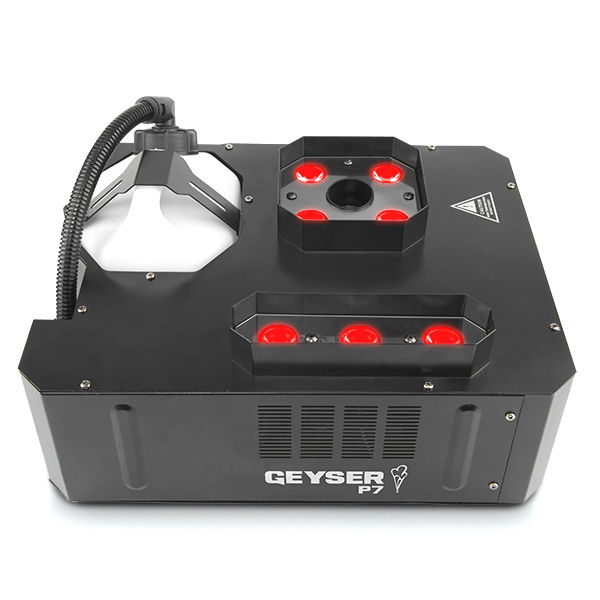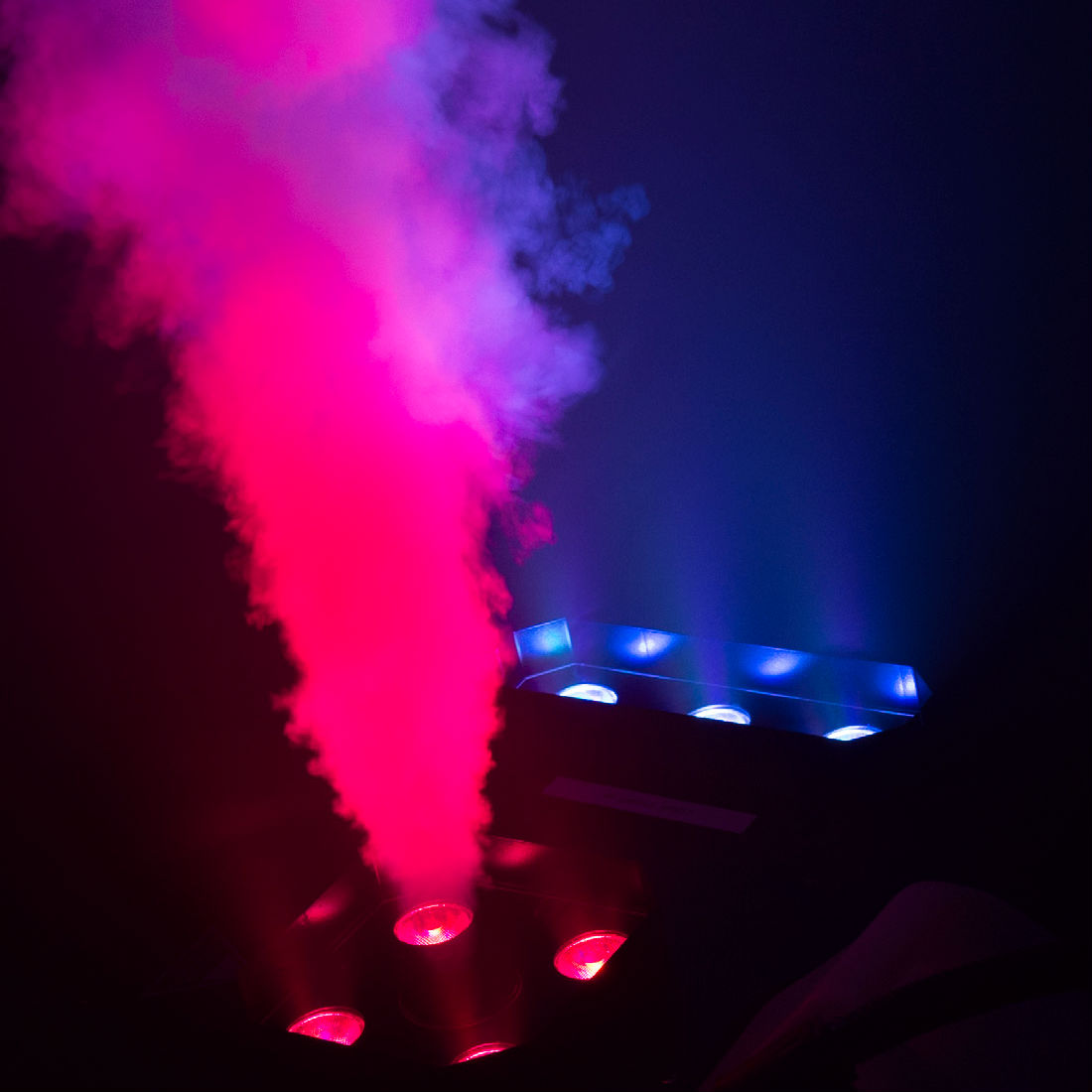Are You Thinking Bubbles?
Often overlooked when considering special effects, the lowly soap bubble deserves both consideration and respect. After all, soap bubbles have been with us since at least the 17th century, probably longer. These perfect, iridescent spheres bring back memories of childhood wonder in almost everyone who sees them. All of which is only so much romantic pap if we can't put them to use in production.
There are many shows in which bubbles can add to the atmosphere of a scene, including that staple of high-school drama, "The Wizard of Oz." Glinda the Good Witch almost always gets short-changed in the special effects department when this show is produced. Why should the wicked witch get all of the "magical" effects? In the movie, Glinda makes her entrance inside of a magical bubble but how to reproduce that on stage? One way would be to have a bubble machine offstage to create a cloud of bubbles in which the actress can enter. This not only gives our good witch a bit of well-deserved magic, but also contrasts nicely with the explosions and smoke which generally accompany the wicked witch's entrance.
Away from Oz there are other productions where bubbles might be useful. Many plays include flashback scenes in which a memory from a character's past is played out on stage. Frequently, the transition from the "now" of the play to the "past" is done with lighting. In some instances, however, adding a swirl of bubbles around the actor having the memory could serve the same purpose as wavy lines and fade-outs do for television. Of course, this only seems appropriate for a character having a pleasant memory. A gentle cloud of bubbles around a witness recalling the night of the murder would seem out of place at best.
Musicals often call for transitions from reality to fantasy and back. As I write this, I am reminded of the number, "At the Ballet," from "A Chorus Line," the "dream-ballet" sequence from "Oklahoma," and Tony and Maria's first meeting in "West Side Story." All of these numbers take place, at least in part, outside of the reality of the play and could be led into with a cloud of bubbles drifting across the stage. Again, this works best when shifting to a happier or more romantic sequence.
Outside of theatre, there are equally numerous uses for bubbles. Bubbles may make a better entrance effect than fog for a clown performing for children. It certainly reduces the risk of setting off the smoke detectors.
Magicians tired of the now-familiar puff of smoke may find appearing and disappearing in a cloud of bubbles a refreshing change. Finally, teachers looking for ways to grab students' attention might make use of a bubble machine. After all, soap bubbles can be used to introduce concepts in geometry, chemistry and physics. A discussion of refraction or the surface area of a sphere might be more enjoyable when it's related to how bubbles "work".
Bubble machines have been created to suit almost every purpose and budget, from large-scale bubble machines that create a storm of bubbles to battery-powered bubble machines that can be built into props or set pieces. In many cases a bubbler is less expensive than a fog machine. So, the next time your production calls for a magical effect and you're tempted to pull out that trusty fogger, consider for a moment if a better overall effect might be achieved with Theatre Effects special blend of bubble fluid.
*********************************************
Theatre Effects Customer Service Department
service@theatrefx.com
www.theatrefx.com
Theatre Effects, 1810 Airport Exchange Blvd. #400, Erlanger, KY 41018
Phone: 1-800-791-7646 or 513-772-7646 Fax: 513-772-3579









